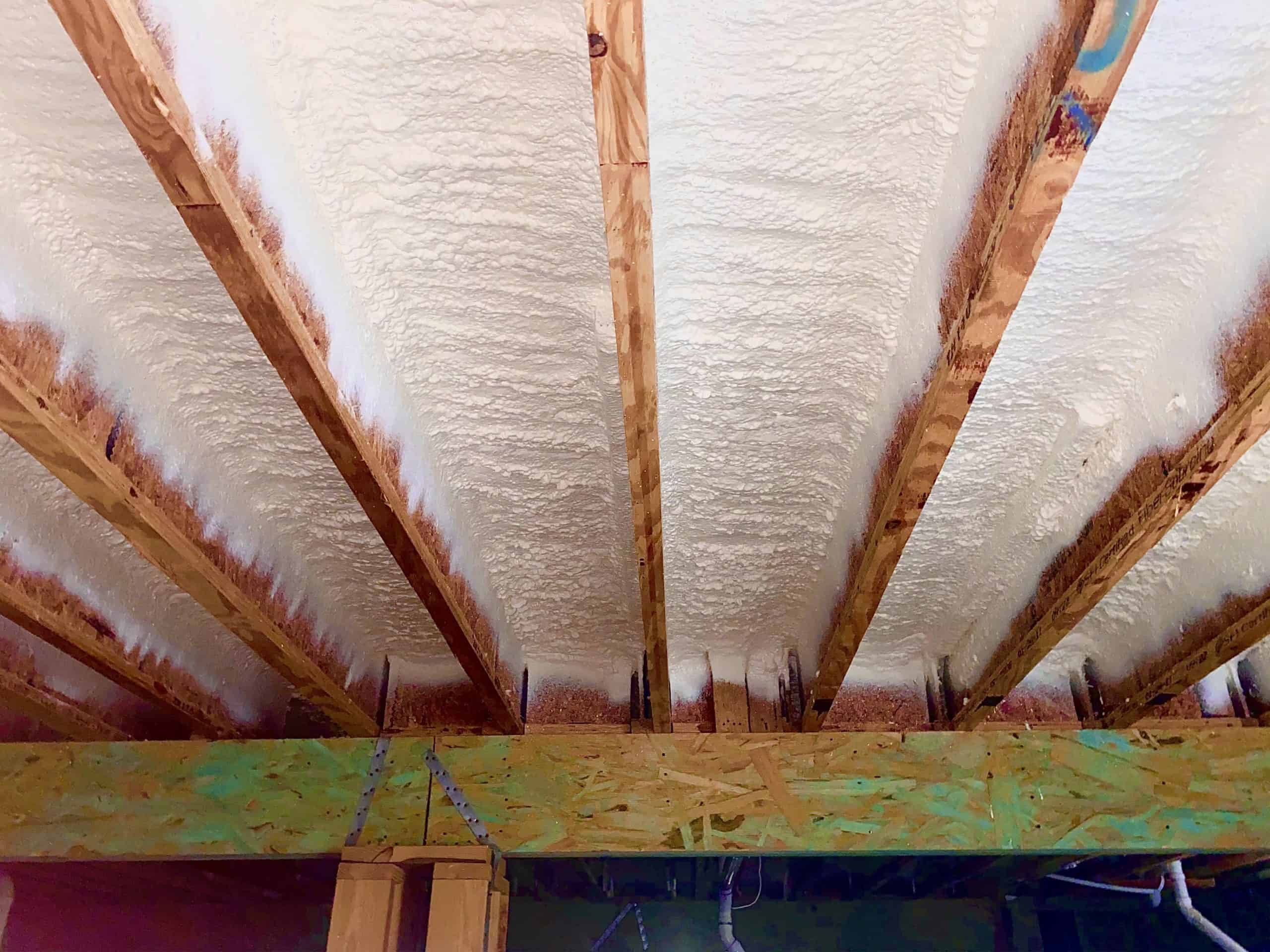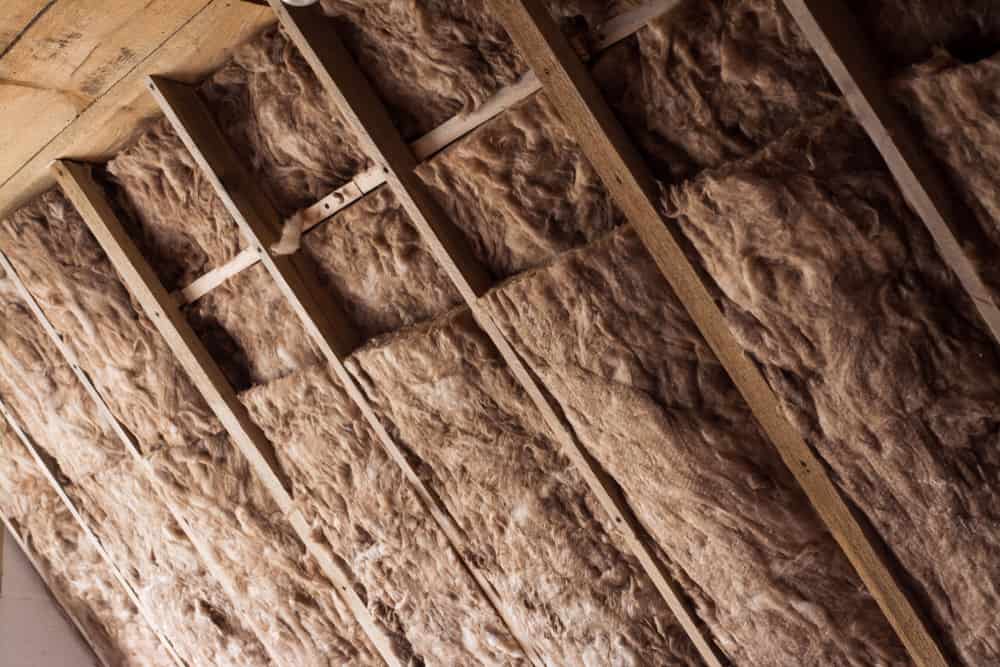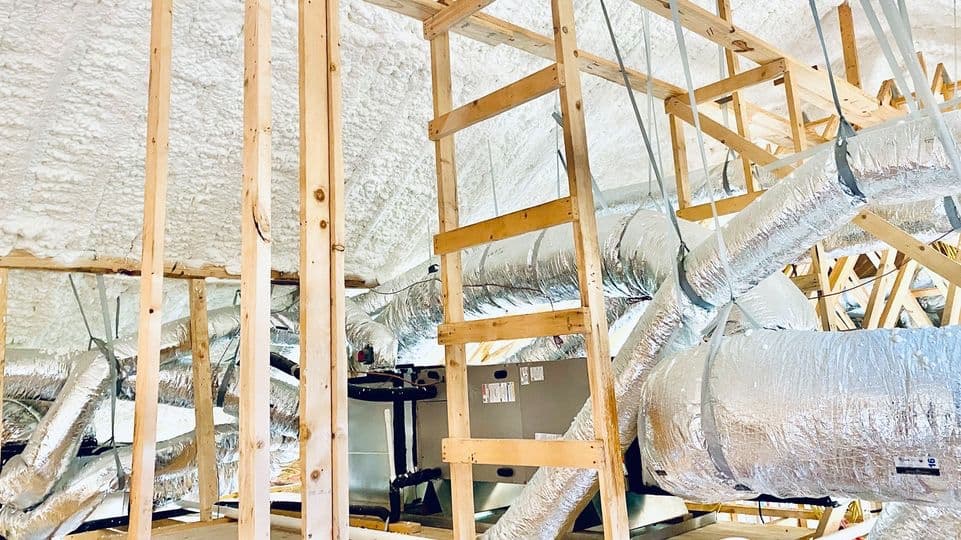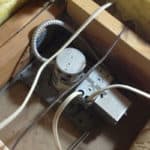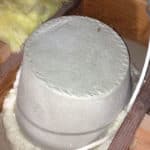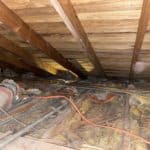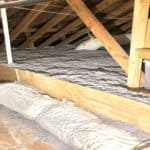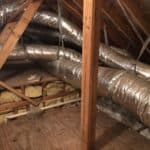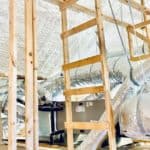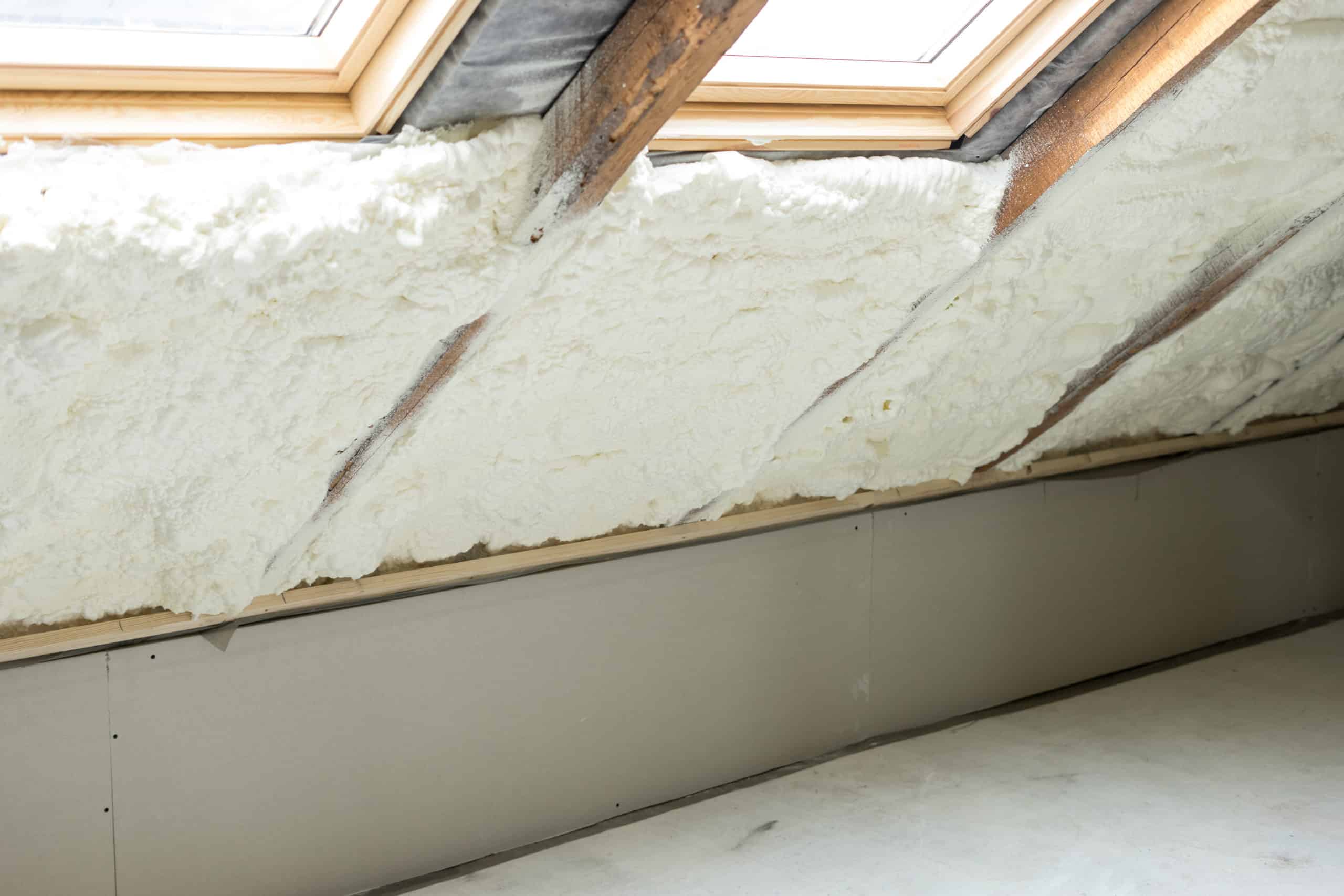The air we breathe has a significant impact on our overall health, and the quality of indoor air is often far worse than outdoor air. In fact, the EPA estimates that indoor air can be up to 5 times more polluted than outdoor air. Even if you have a HEPA air purifier, it’s crucial to improve the air quality in your home or office by using spray-on foam and coating. A spray foam insulation contractor can apply a thick layer of foam to your walls and ceiling, which will create an airtight seal that prevents outside air from entering.
What is Spray-On Foam & Coating?
Spray foam is insulation created by mixing two substances and spraying them onto an object or surface. The substances, known as isocyanate and polyol resin, react with each other when mixed and expand to up to 30-60 times their original volume. This expansion makes spray foam an ideal material for packing or insulating objects and surfaces. It is also commonly used in construction to provide thermal insulation and minimize air infiltration.
There are two types of spray foam: polyurethane and polyisocyanurate. Polyurethane foam is the most common type of spray foam insulation, while polyisocyanurate foam is typically used in commercial and industrial applications. Both types of spray foam are created by mixing isocyanate and polyol resin, but the ratio of these substances varies depending on the type of foam being created.
How Does Spray-On Foam & Coating Improve Air Quality?
One of the most common questions we get asked is how does spray-on foam and coating improve air quality? Most people are familiar with the benefits of insulation in terms of energy efficiency but don’t realize that it also plays a vital role in protecting indoor air quality. What they don’t know is that spray-on foam and coating can help improve indoor air quality and create a healthier environment for them and their family.
One of the main ways spray-on foam and coating improve indoor air quality is by sealing cracks and gaps in your home’s envelope. These cracks and gaps can act as pathways for pollutants to enter your home, so sealing them is integral to keeping indoor air clean. In addition to sealing gaps, spray-on foam and coating can also help prevent mold growth by creating a barrier between your home and outside. Mold spores are a common indoor air pollutant and can cause respiratory problems, so preventing mold growth is essential for protecting your family’s health.
Another way that spray-on foam and coating improve air quality is by reducing noise pollution. External noise can be a significant source of indoor pollution, so by reducing the amount of noise that enters your home, you can create a quieter and more peaceful environment. In addition to reducing noise pollution, spray-on foam and coating can also help protect against external noise by creating a barrier between your home and the outside world.
But to enjoy these benefits, you have to make sure the Spray-On Foam & Coating is applied by a professional. We, First Defense Insulation, are one of Houston’s most experienced and reputable spray foam insulation companies. We have a team of certified professionals who use the latest equipment and techniques to ensure that your home or business receives the best possible insulation job.
What is the Process of Installing Spray-On Foam & Coating?
The process of installing spray-on foam and coating is relatively simple. First, our team of certified professionals will assess your home or business to determine the best course of action. Once we’ve determined the type and amount of spray foam insulation needed, we’ll prepare the area for application. This usually involves removing any insulation material and cleaning the surface to be sprayed.
Once the area is prepared, the team will apply the spray foam insulation using a high-pressure sprayer. The spray foam insulation will expand as it’s applied and quickly harden into place. Once the insulation is in place, our team will clean up excess material and ensure that all gaps and cracks are properly sealed.
The entire process usually takes less than a day, and once it’s complete, you’ll immediately notice a difference in your home or business. Your indoor air quality will be improved, and you’ll enjoy a quieter and more comfortable environment.
Is Spray-On Foam & Coating Safe to Have in My Home?
Spray foam and coating are two of the most popular insulation methods for homes and businesses. They are also two of the most controversial due to their potential health risks. Many people are concerned about having these products in their homes, but is there really cause for concern?
There are two main types of spray foam: closed-cell and open-cell. Closed-cell foam is made up of tiny cells that are filled with a gas, usually propane or butane. These cells are closed off from each other, making the foam more dense and durable. Open-cell foam is made up of larger cells that are filled with air. This makes the foamless dense and less durable.
The main concern with spray foam is releasing harmful chemicals into the air. When the foam is applied, it releases volatile organic compounds (VOCs) into the air. VOCs are gases that can cause various health problems, including headaches, dizziness, nausea, and respiratory problems. In addition, VOCs can damage the liver, kidney, and central nervous system.
Another concern with spray foam is that it can trap water vapor and moisture. This can lead to mold growth and wood rot.
However, if applied correctly and allowed to cure correctly, spray foam and coating can be safe products in your home. It is essential to follow the manufacturer’s instructions when applying these products. In addition, it is a good idea to have the area well-ventilated during and after application.
Spray-on foam and coating can be great additions to your home or business. They can improve your indoor air quality, reduce noise pollution, and help protect against external noise. However, it is crucial to have these products installed by a professional. First Defense Insulation is a reputable and experienced spray foam insulation company in Houston. Visit https://fdinsulation.com/attic-insulation/spray-foam/ for more information.
First Defense Insulation,
12 Greenway Plaza Suite
1147 Houston Texas 77046,
713-808-9853
Find us on Social Media
https://www.facebook.com/FirstDefenseInsulation
https://www.instagram.com/firstdefenseinsulation/?hl=en

